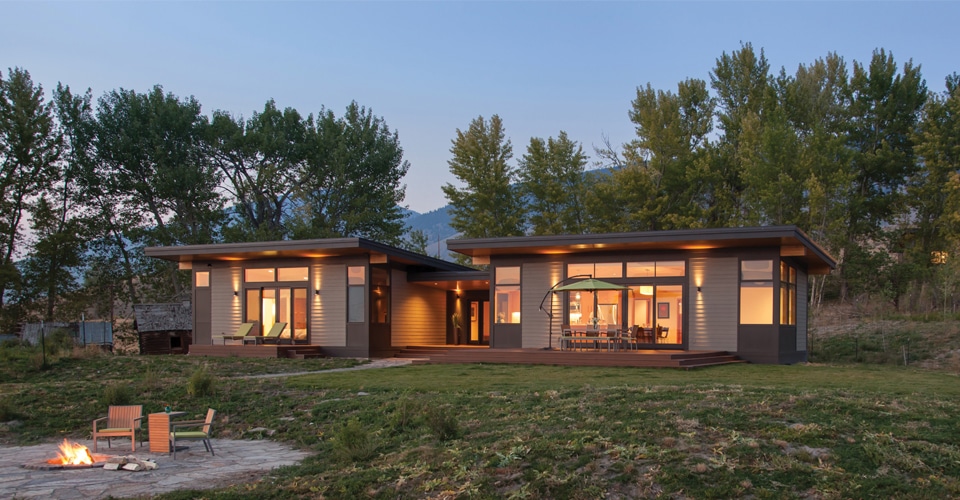
Prefabricated homes, also known as prefab homes, are constructed or built in a factory. It requires anywhere from three to five months to construct. A traditional home can take nine months or longer to build. Since a prefab is constructed mostly indoors, weather is not an issue. The prefab home goes up relatively fast because it arrives moderately constructed. With traditional home building, weather can slow the building process down. Inclement weather could delay the construction process by weeks. Once on the home site, a prefab home can take about three days to assemble. Site preparation can extend the process. In addition, installing plumbing, electrical, landscaping and inspections can require several weeks. Google any prefab cabins for more information on a prefab home.
More Affordable than a Traditional Home
A prefab can be much less costly than building a traditional home. This is partly due to labor. It takes less labor to build a prefab home. It also takes less time for laborers to construct the home. Using less time and labor allows a tremendous savings on the home. And it usually costs less to heat and cool a prefab home. If you’re in the market for a new home, compare the cost of a prefab home to a traditional home.
Land
Owning a prefab home also means you will need to own the land it sits on. Unless you already own property, you’ll need to buy some. You’ll also need to check zoning restrictions; make sure your land or land you plan to buy is zoned for this type of home. The type of soil your home sits on can be an important factor. The soil on your property can significantly affect the cost of laying a foundation. Enlist the help of a real estate agent. A real estate agent can help you buy land and research zoning restrictions for you. They can also help determine if the land is suitable for a prefab home.
Costs
Most constructors of prefab homes will require payment for the construction before the move in date. You will normally sign an agreement that will consists of an installment schedule for payments. These payments will need to be made as the home is being constructed. There are some lenders that offer financing for prefab homes.
Utilities
Make sure your land is suitable for electrical hookup, water, septic or sewage system. You’ll also want to know if the land is in a flood zone. Contact your county or city to see where the closet hookups are to you. If you decide you don’t want to handle these issues, there are prefab companies that will handle these details for you.
Energy Efficient
Prefab homes tend to be energy efficient. The windows in these homes tend to be energy efficient which reduces electric bills. Prefab homes are constructed with tight seams. This tight construction has enabled many prefab homes to withstand disasters brought on by bad weather. Many prefab homes offer energy efficient appliances. Some prefab builders also offer solar panels or water tanks that are energy efficient.